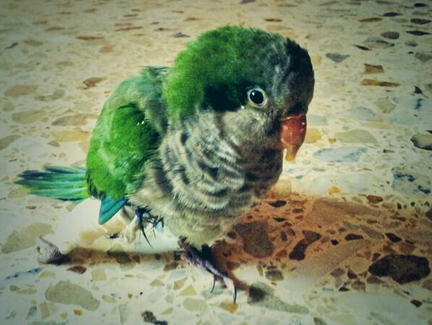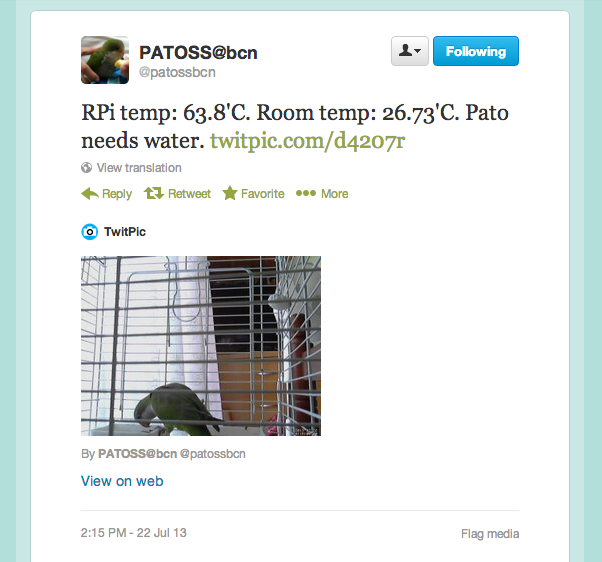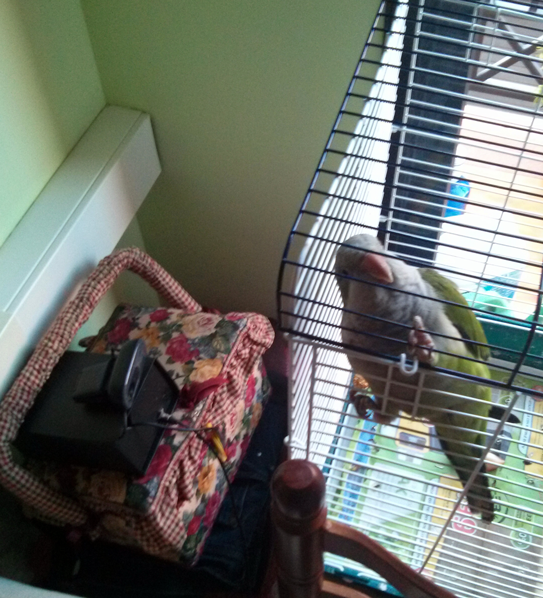| In one of the worst kept secrets ever, Google officially unveiled the 2nd generation Nexus 7 tablet today. Various leaks before the announcement revealed all the key details ahead of schedule, so there weren’t really any big surprises. Google’s latest 7″ tablet runs Android 4.3 Jelly Bean and comes in three varieties, there’s a 16GB [...] |
A Semi-automated Technology Roundup Provided by Linebaugh Public Library IT Staff | techblog.linebaugh.org
Wednesday, July 24, 2013
New 2nd Gen Nexus 7 Could Be the Best Tablet for eReading
Pato surveillance system
| Pato is a little green bird who Jorge Rancé found, injured, on the street in Barcelona, and rescued. He was in a bad way, with a broken leg and the feathery equivalent of a terrible hair day. Jorge took Pato to the vet to be patched up, and took him home to recuperate in a large birdcage at his house. But he worried that he wouldn’t be there to oversee Pato’s recovery while he was at work. Fortunately, Jorge has a Raspberry Pi. So, using a Pi-Face to interface between the Pi and some sensors, he set up PATOSS: Pato Surveillance System. Now Jorge (and you) can check out how Pato is doing from anywhere in the world. PATOSS monitors Pato’s recovery by streaming video of what he’s up to to the web, checks on the ambient temperature and the water levels in his little dish, and tweets once an hour to let Jorge know whether everything’s as it should be, with a live picture from Pato’s webcam. The data is transmitted via a wifi dongle. (If you’re following the PATOSS feed today, don’t panic; Jorge says that the water level monitor is not currently hooked up, so it’s reporting low levels, but Pato does actually have plenty to drink.) Jorge has full build instructions on his website, with a hardware list (and prices), code, diagrams and tips on housing. The whole PATOSS system is Creative Commons licensed so you can adapt it for your own needs – it’ll be interesting to see if anyone comes up with a Raspberry Pi camera board variant. This sort of build is easy to replicate at home. We think it’s a particularly good project for kids with small pets at home who want to apply some computer science to something they really care about. They’ll be able to see real-world results and share them with friends: what could be better than being able to check up on Woffles the hamster’s daily grind via Twitter from school? If you and your children’s pets end up using a PATOSS system at home, please let us know – I’d love to share your results!
|


